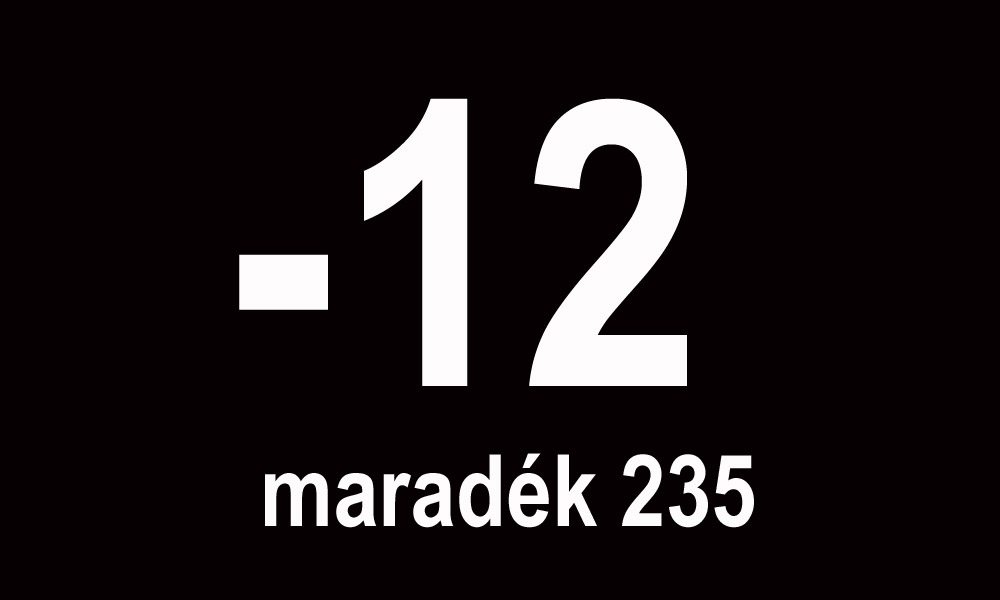Der Publizist Attila Ara-Kovacs freute sich 2004 über den EU-Beitritt seines Landes. Doch zehn Jahre später ist seine Sehnsucht nach Europa größer als je zuvor.

Attila Ara-Kovacs, Kolumnist beim ungarischen Magazin Magyar Narancs, Laszlo Mudra, n-ost
Kurz vor 1989 erörterte ich mit Diplomaten, Politikern und Journalisten die Frage, wie in der Region Zentraleuropas eine Art Finnlandisierung zu erreichen sei. Mit anderen Worten schwebte uns eine Abnabelung vom militärischen, politischen und wirtschaftlichen Einfluss der Sowjetunion vor. Mir kam damals nicht einmal in den Sinn, dass Ungarn und die anderen Länder der Region sich in Kürze dem Westen anschließen würden.
Ich dachte höchstens daran, dass Ungarn nach dem Vorbild Finnlands eine neutrale Position einnehmen könnte. Unversehens kamen die Ereignisse allerdings ins Rollen, und wir, die wir uns inmitten der Umwälzungen befanden, sahen teils freudvoll, teils angsterfüllt dabei zu, wie unsere alte, verhasste Welt in sich zusammenbrach.
Der Anblick – geben wir es zu – war ein freudvoller Moment, wie es auch das Auskosten der Freiheit war, die für uns bis dahin allenfalls in kultureller Hinsicht greifbar gewesen war. Die Veränderungen erfüllten uns aber auch mit Angst, führten uns doch die Kämpfe zwischen den Völkern der Sowjetunion und Jugoslawiens vor Augen, dass es viele gab, für die andere Dinge mehr zählten als die Freiheit.
Abstrakte Freude über den EU-Beitritt
Leider beließen wir es seinerzeit dabei, nur unsere eigenen Möglichkeiten auszuschöpfen, anstatt auf den Gesamtprozess Einfluss zu nehmen. Freudetrunken taten wir, was wir schon immer hatten tun wollen. Wir hegten nicht den geringsten Zweifel daran, dass unsere Zukunft in einer demokratischen, aufgeklärten und liberalen Welt vor sich gehen würde.
Am 1. Mai 2004, dem Tag des EU-Beitritts, erfasste uns gewissermaßen eine abstrakte Freude. Mir wurde erst Jahre später bewusst, wonach ich mich als frischgebackener Bürger der Europäischen Union sehnte: Zum Beispiel nach der Vielfarbigkeit des Kontinents und einer damit einhergehenden Absage an jegliches nationalstaatliches Denken.
Ich hätte mir ferner gewünscht, die europäische Integration wäre schneller, tiefer und organischer vor sich gegangen. Ich sehnte mich nach einem Europa mit einer gemeinsamen Außen- und Verteidigungspolitik, einem Europa, in dem sich der Wahnsinn des 20. Jahrhunderts nicht wiederholen würde.
Vor zehn Jahren war meine Freude naiv und verantwortungslos. Heute indes bin ich von Traurigkeit und von Wut erfüllt. Der Grund dafür liegt darin, dass die reale Geschichte sich von jenem Bild inzwischen weit entfernt hat, das wir seinerzeit mit der Idee des gemeinsamen Europa verknüpft hatten. Unser Bewusstsein hinkt schon seit langer Zeit den Geschehnissen hinterher, und diesen Abstand haben wir bis heute nicht wettmachen können, ganz im Gegenteil: Die mangelnde Gleichzeitigkeit sticht immer mehr ins Auge.
weiter: OstPol.de

 Sandor Szöke, membre d’une association de défense des droits de l’Homme © Radio France / Sébastien Baer
Sandor Szöke, membre d’une association de défense des droits de l’Homme © Radio France / Sébastien Baer
 MMA countdown – Free Artists welcomes the resigned MMA-members!
MMA countdown – Free Artists welcomes the resigned MMA-members! TRANSZPARENCIÁT!
TRANSZPARENCIÁT!